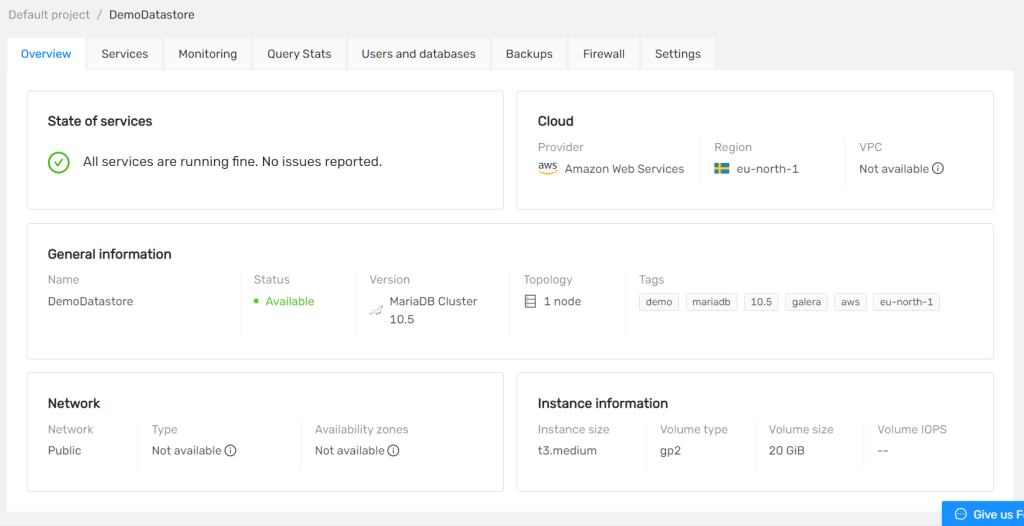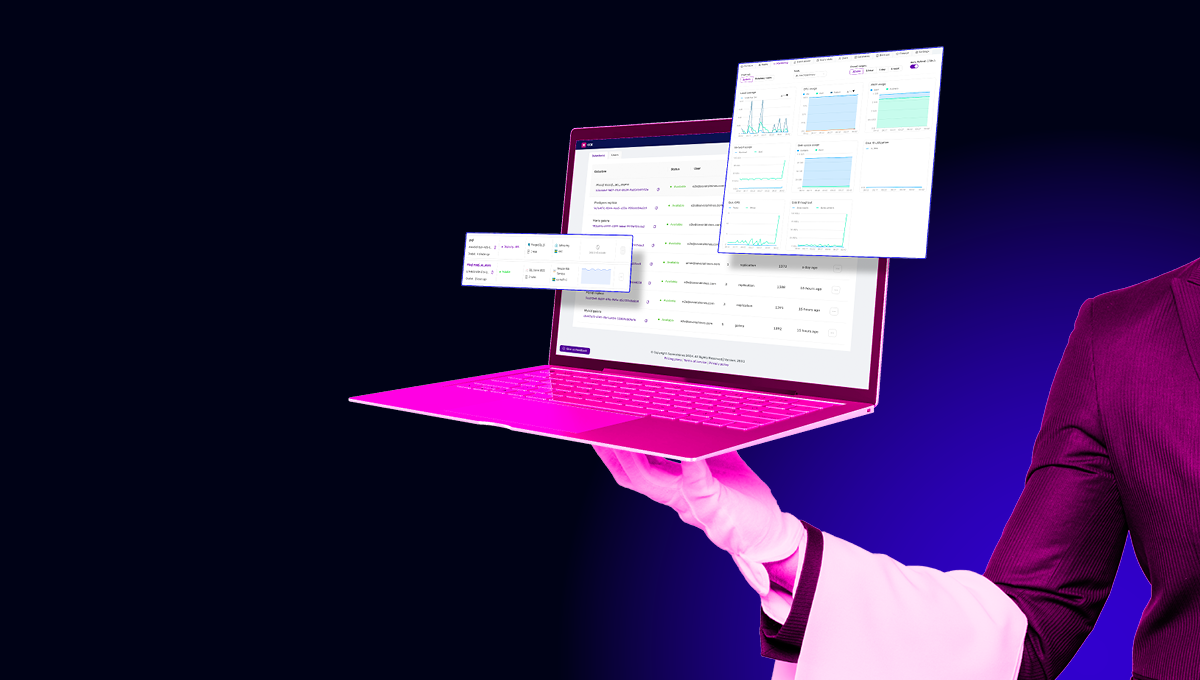blog
Overview of Your Services: DBaaS vs. Manual Approach

If you are a developer or a database administrator, chances are that you need to take care of your databases at least on-and-off. The things related to your databases that need to be taken care of include backups (are you taking backups? What type are they? Are they incremental? Full? etc.), monitoring the performance of your database instances (are your database instances performant? If not, why? Are your tables using indexes? Partitions? etc.), upgrades and patching (all of your database instances must be up to date and patched to avoid security issues in the long run), configuration management (are your database instances configured correctly for high performance?), automatic recovery and repair, etc. – these are all things that can be taken care of using ClusterControl, however, if you want to get an overview of the services your database nodes are using, that’s a job for CCX.
What’s CCX?
CCX is a tool developed by Severalnines as well: it can help you solve issues relevant to your database nodes in no-time. It provides an overview of the services that your database instances run, provides you with query statistics, lets you add users and databases onto your database nodes, displays the backups your database nodes have available, displays backup schedules (how many of your backups are incremental, how many of them are full, etc.), – in a nutshell, it lets you deploy fully managed, load balanced, highly available database clusters doesn’t matter what kind of database management system you would use – MySQL, MariaDB, or PostgreSQL.
Overview of Services?
What we’re interested for today is the overview of your services: a good database-as-a-service (DBaaS) solution should be able to provide you with the state of your services, information about your cloud provider (where is it located, is VPC available, etc.), provide you with some general information about your database nodes (what’s their names? Status? What are their versions? What topology? Perhaps we have some tags associated with them to make their management easier? On what network are they? etc.) – these are all things very hard to get an overview of if you are doing it manually, but a decent DBaaS like the one provided by Severalnines would do the job.
Overview of Services with DBaaS
CCX is able to do a very good job providing you with a detailed overview of your services in just a couple of mouse clicks. Take a look at how a basic overview looks like:

As you can see, CCX is able to provide you with an overview of your services that’s not available for you to see if you would be monitoring it manually: while manual monitoring might help you figure out some general information related to your database nodes or clusters (if you want to figure out whether they are available or not, you can just run a couple of queries, etc.), it will be time consuming and will probably not be as effective as automatic monitoring.
Automatic monitoring provided by CCX will help you figure out things that might be hard to monitor on your own: for example, it will help you figure out whether your database nodes have any issues or not and if yes, automatically heal and fix them (that might also consume a little bit of your time if you’re doing so manually), provide you with the information relevant to your database instances (what’s your instance size, volume type and size, what’s the amount of IOPS it can usually handle, etc.), on what network is it too. CCX will provide you with all that not even mentioning the fact that it’s able to add database users or databases themselves, provide you with charts that depict the state of your database nodes and provide you with load averages, CPU, RAM, Network, and IOPS usage statistics, and much more useful information!
To explore everything that CCX has to offer for your business, dig into it yourself – we promise, you will not regret this decision!




